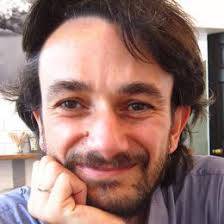CCN talk February 18, 2020

Marco Buiatti
Neurophysicist, Neonatal Neuroimaging Unit
Center for Mind/Brain Sciences - CIMeC
University of Trento
Cortical route for face processing in human newborns
Time: 11:00am-12:00pm
Place: Moore Hall, room 418
Abstract
Humans are endowed with an exceptional ability for detecting faces, a competence that, in adults, is supported by a set of face-specific cortical patches. Human newborns, already shortly after birth, preferentially orient to faces, but the neural substrates underlying this early preference are still largely unexplored. Is the adult face-specific cortical circuit already active at birth, or does its specialization develop slowly as a function of experience and/or maturation? Here I will describe a recent study addressing this question by measuring EEG responses in awake, attentive human newborns to schematic facelike patterns and non-facelike control stimuli, visually presented with slow oscillatory “peekaboo” dynamics in a frequency-tagging design. Despite the limited duration of newborns’ attention, reliable responses could be estimated for each stimulus. Crucially, facelike stimuli elicited a significantly stronger response than non-facelike controls in a large set of electrodes. Source reconstruction of the underlying cortical activity revealed the recruitment of a partially right-lateralized network comprising lateral occipitotemporal and medial parietal areas overlapping with the adult face-processing circuit. This result suggests that the cortical route specialized in face processing is already functional at birth.
For higher resolution. click on the YouTube icon, then select resolution using the 'gear' icon
